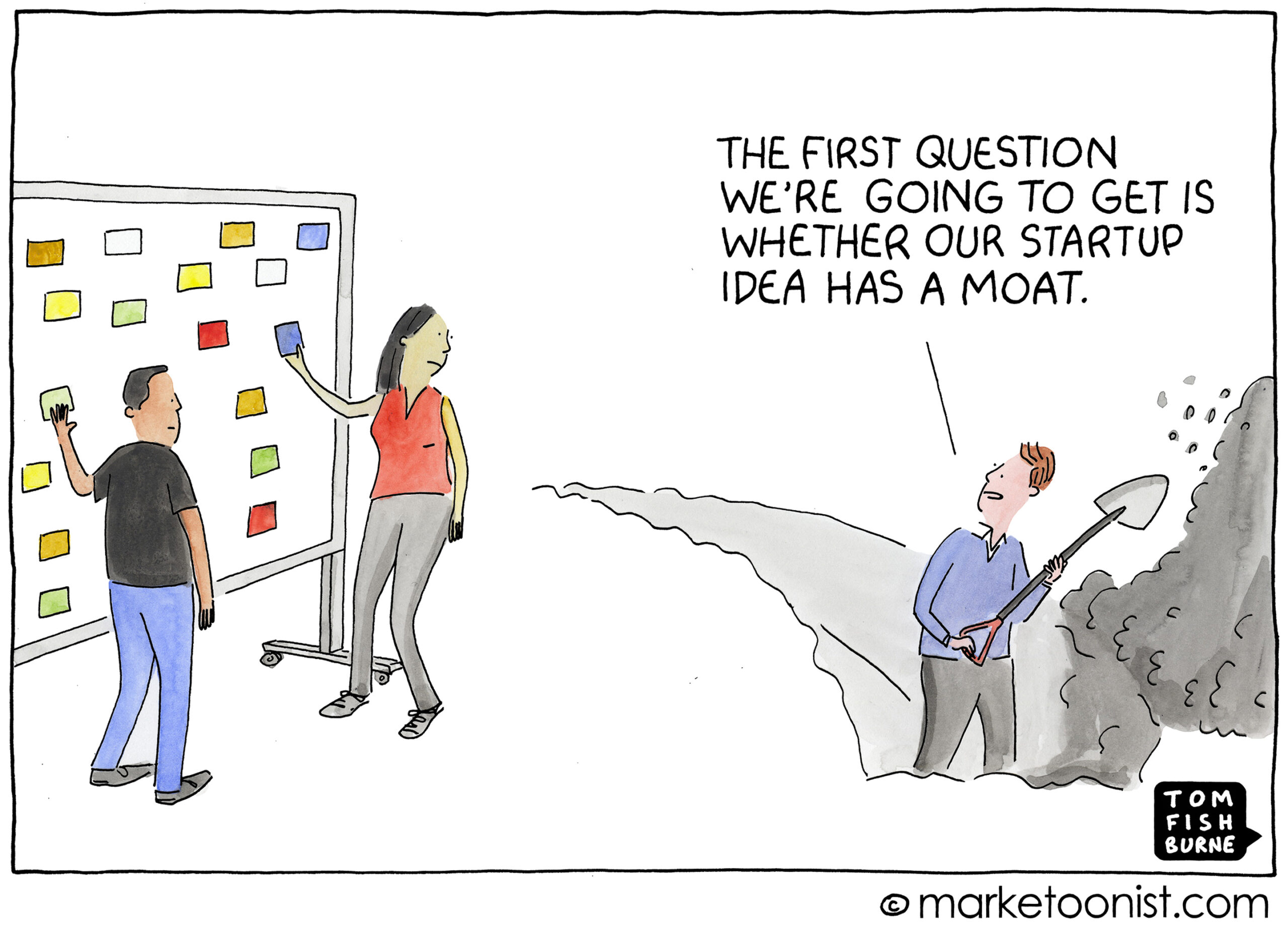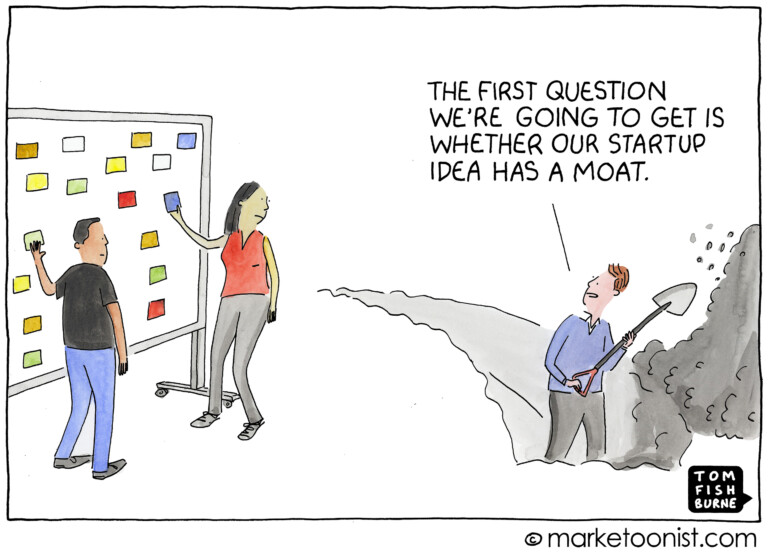Taiichi Ohno used the following example to teach the 5-Why technique:
1. “Why did the robot stop?”
The circuit has overloaded, causing a fuse to blow.
2. “Why is the circuit overloaded?”
There was insufficient lubrication on the bearings, so they locked up.
3. “Why was there insufficient lubrication on the bearings?”
The oil pump on the robot is not circulating sufficient oil.
4. “Why is the pump not circulating sufficient oil?”
The pump intake is clogged with metal shavings.
5. “Why is the intake clogged with metal shavings?”
Because there is no filter on the pump.
The backstory:
Taiichi Ohno was a manager at Toyota Motor Corporation and is considered to be the father of the Toyota Production System, which inspired the lean manufacturing and Six Sigma movements which revolutionized manufacturing methods.
It’s a powerful technique that essentially exposes root causes.
And it gets you thinking…
… just like a 5-year kid when they ask you 40 seemingly simple questions in a row about something basic that causes your brain circuits to overload
Why?
Because they want to know why.
And “why,” like the roots of a big tree, seemingly never end as they keep growing to sustain the life of the tree.
Why? It’s life or death!
When I was a newbie in the commercial printing business, I used this technique ad nauseam.
Only it wasn’t the 5-Why, it was more like the 101-Why! (Manufacturing “Trees” has insanely long “roots!”) Hence the need for lean manufacturing and Six Sigma.
It was the best grassroots education on life (how to figure $h!t out) I ever got.
But the 5-Why technique may be even more powerful outside complex industries like manufacturing because it can apply to anything.
Like your business product or service offering.
Take DIGS for example, our 5-Whys might go something like this:
1. Why does it exist?
Because I had an idea that I thought would help real estate agents.
2. Why did you think your idea would help real estate agents?
Because it’s hard to sell real estate and make a decent living.
3. Why is it hard to sell real estate and make a decent living?
Because agents make a lot of mistakes, take shortcuts, and don’t play the long game.
4. Why do agents make a lot of mistakes, take shortcuts, and don’t play the long game?
Because they like to chase shiny marketing objects and never see a return on their marketing expenditures.
5. Why do agents chase shiny marketing objects and never see a return on their marketing expenditures?
Because they have not yet consulted with Warren Dow at DIGS on such matters.
Do you see how useful this is?
First Principles Reasoning
A close cousin to the 5-Whys is the “First Principles Reasoning” way of thinking.
Like the 5-Why, it involves breaking down a problem to its core, first by identifying the prevailing assumptions, then breaking down the problem, then creating a new solution.
Back to the 5-year-old child asking the 5-Whys—kids are born with the first principles of thinking instinctually, questing for knowledge and answers in a new unfamiliar world.
They take no assumptions with them, they’re in pursuit of the real reason why!
“Why do I have to go to sleep”
Because I said so. (Parent.)
And there sets in motion life’s cruel path and its resistance to patient curiosity, the long-forgotten road to enlightenment in search of fundamental truths.
Elon Musk is a good example of someone who never lost the first principles way of thinking in his quest for eternal truths.
When Elon Musk had the crazy idea to send the first rocket to Mars and build the aerospace company SpaceX, he quickly discovered the enormous cost of purchasing a rocket would be around $65 million and kill his idea out of the gate.
So, he began to look at the problem differently starting with the first principles.
Elon Musk would say in an interview with Wired magazine…
“So, I said, okay, let’s look at the first principles. What is a rock made of? Aerospace-grade aluminum alloys, plus some titanium, copper, and carbon fiber. Then I asked, what is the value of those materials on the commodity market? It turned out that the materials cost of a rocket was around two percent of the typical price.“
So, Elon Musk decided to purchase the raw materials on his own and build the rockets himself, saving him tens of millions of dollars in the process and giving SpaceX a competitive advantage out of the gate!
It’s time to embrace the “Why” and First Principles way of thinking and apply it to everything you do, including both big ideas and small alike.
And, whatever you do, don’t be an ass, and make or fall prey to assumptions along the way—this destroys your “Why” and will essentially force you to become a carbon copy of what other people are doing, or at best, a copy with slight variations.
It’s your mind, use it wisely—and stay unruly along the way!






